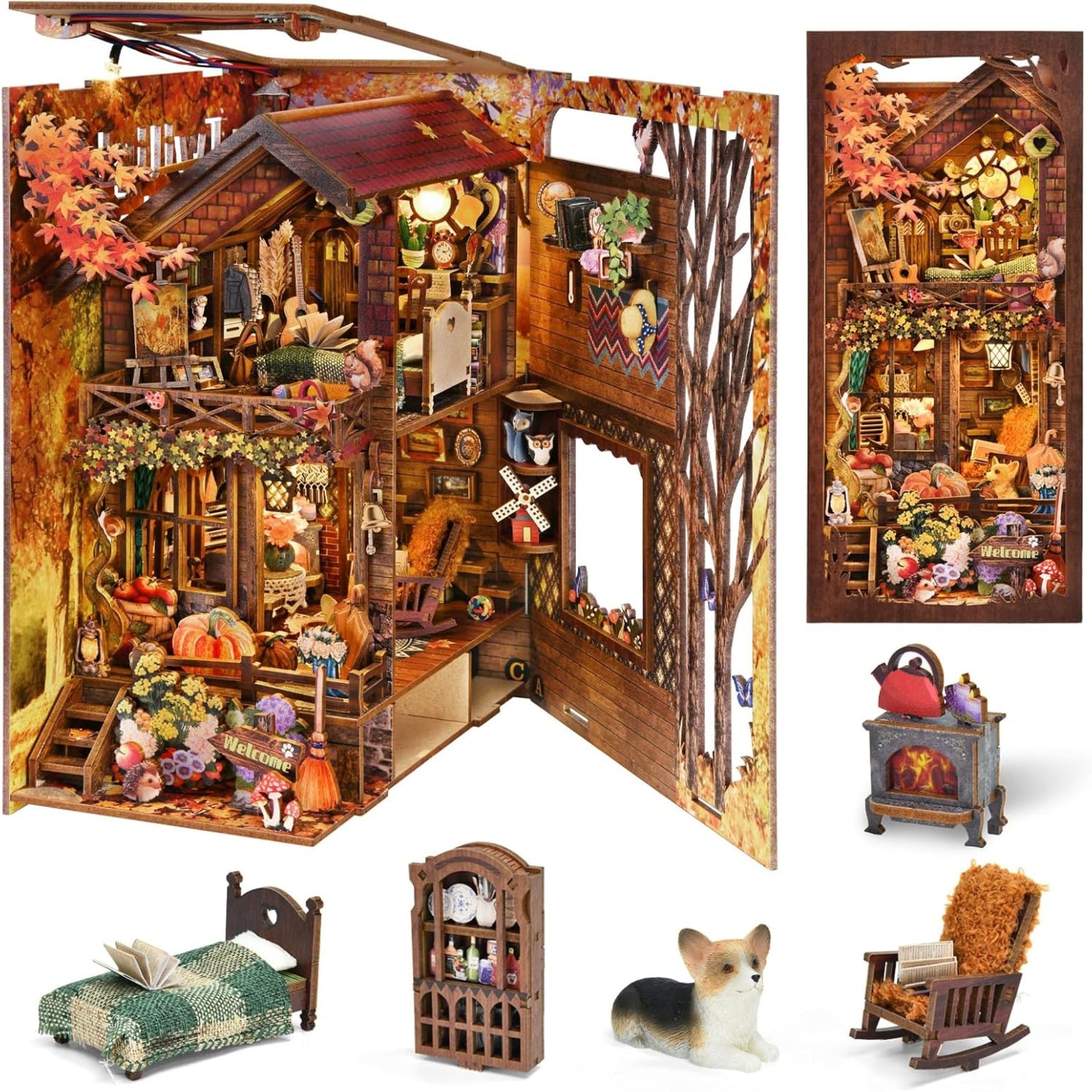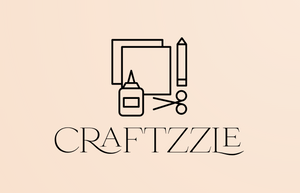Beyond the Hobby: How DIY Miniature Houses & Book Nooks are Building a $2B "Mindful Craft" Revolution

Key Takeaways
-
Market Surge: Adult DIY craft kits drive 12% YoY growth in US toy sector, hitting $1.8B in Q1 2025 10
-
Emotional Appeal: 63% of successful products leverage community engagement as core strategy 8
-
Tech Synergy: LED lighting & no-cut designs boost accessibility while enabling premium pricing ($50-$180) 13
-
Global Shift: Asia-Pacific leads demand, with China’s "kidult" market growing 106.9% in 2024 2
1. The Emotional-Utility Convergence: Where Craft Meets Catharsis
Unlike impulse-driven collectibles, DIY miniatures satisfy overlapping needs:
-
Therapeutic Creation
Assembly requires focused attention, acting as "meditation with tangible outcomes." 42% of stressed urban millennials report using such kits for anxiety relief—mirroring Labubu’s role as "dopamine therapy" 2 6 -
Functional Artistry
Book nooks transform shelves into curated exhibits (e.g., Bathy's X Steampunk Submarine Book Nook Kit) 13. This bridges the gap between consumption and self-expression -
Nostalgia Reengineered
Modern designs blend vintage aesthetics (library/coffee shops) with contemporary tech—like motion sensors and app-controlled lighting in premium kits ($150+) 13
“These DIY displays add a novel little world right between your books. Inside is a mini LED light and a mirrored illusion of endless stories” 5
2. Technology as an Enabler, Not a Gimmick
Critics dismiss miniatures as analog relics. The data tells a different story:
-
Frictionless Crafting
"No-cut" laser-cut wooden pieces and pre-printed fabrics (adopted by 78% of top sellers) reduced assembly failures by 34% 13. This tackles the #1 pain point in DIY reviews: "tedious assembly" 3 -
Enhanced Ambiance
Integrated LED systems (e.g., Cyberpunk Book Nook’s 45 LEDs) create museum-quality displays, justifying 20-30% price premiums 13 -
Anti-Counterfeit Tech
QR-coded part sheets—inspired by Pop Mart’s NFT authentication for Labubu—combat the 27% counterfeit rate plaguing collectibles 48
3. Community-Driven Growth: From Solitary Hobby to Social Currency
Like Labubu collectors swapping rare figures, miniature builders fuel micro-economies:
-
Cross-Platform Sharing
TikTok tutorials (#booknook views: 420M) drive 65% of discovery among Gen Z. User-generated hacks (e.g., using nail polish as faux stained glass) extend engagement 3 -
Collective Problem-Solving
Facebook groups (e.g., "Book Nook Builders") crowdsource fixes for flawed instructions—turning QC issues into community-building opportunities 3 -
Intergenerational Appeal
While 70% of buyers are women 30-55, kits like William Castle DIY attract teens through gaming aesthetics. Seniors report cognitive benefits from precision assembly 1013
4. The Wellness-Infused Future: Where Craft Meets Cognitive Health
Forward-thinking brands are positioning miniatures beyond decor:
-
Corporate Mindfulness Tools
Google and Unilever pilot "build breaks" using 90-minute kits to replace scrolling during downtime -
Therapeutic Applications
Occupational therapists use adjustable-difficulty kits (★☆☆☆☆ to ★★★★☆) for fine motor skill rehabilitation 13 -
Edu-tainment Hybrids
History-based sets (e.g., Bruges Ancient City) partner with MOOCs for immersive learning—a $380M niche by 2027 13
-
The "mindful craft" movement isn’t a pandemic relic—it’s the antidote to digital fatigue. As Labubu demonstrates, products thriving at the intersection of play, identity, and community will dominate the next decade. For miniature brands, this means: stop selling kits, start enabling self-curated worlds.
“Labubu reflects a China no longer just producing goods, but producing desire.” 2
Your consumers aren’t buying wooden pieces and glue. They’re purchasing:
-
A portal to nostalgia
-
Proof of capability (“I made this!”)
-
A tribe identifier




